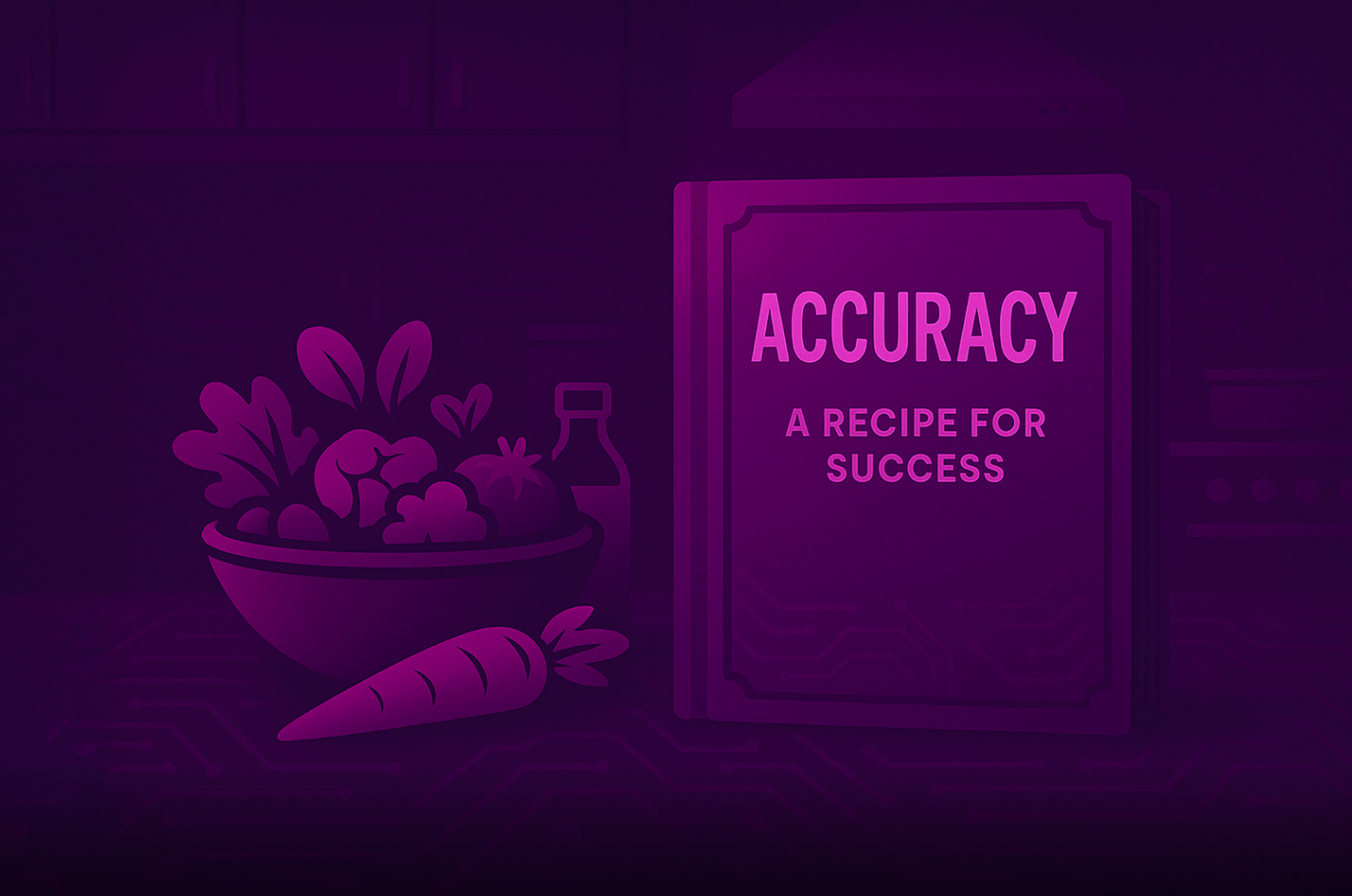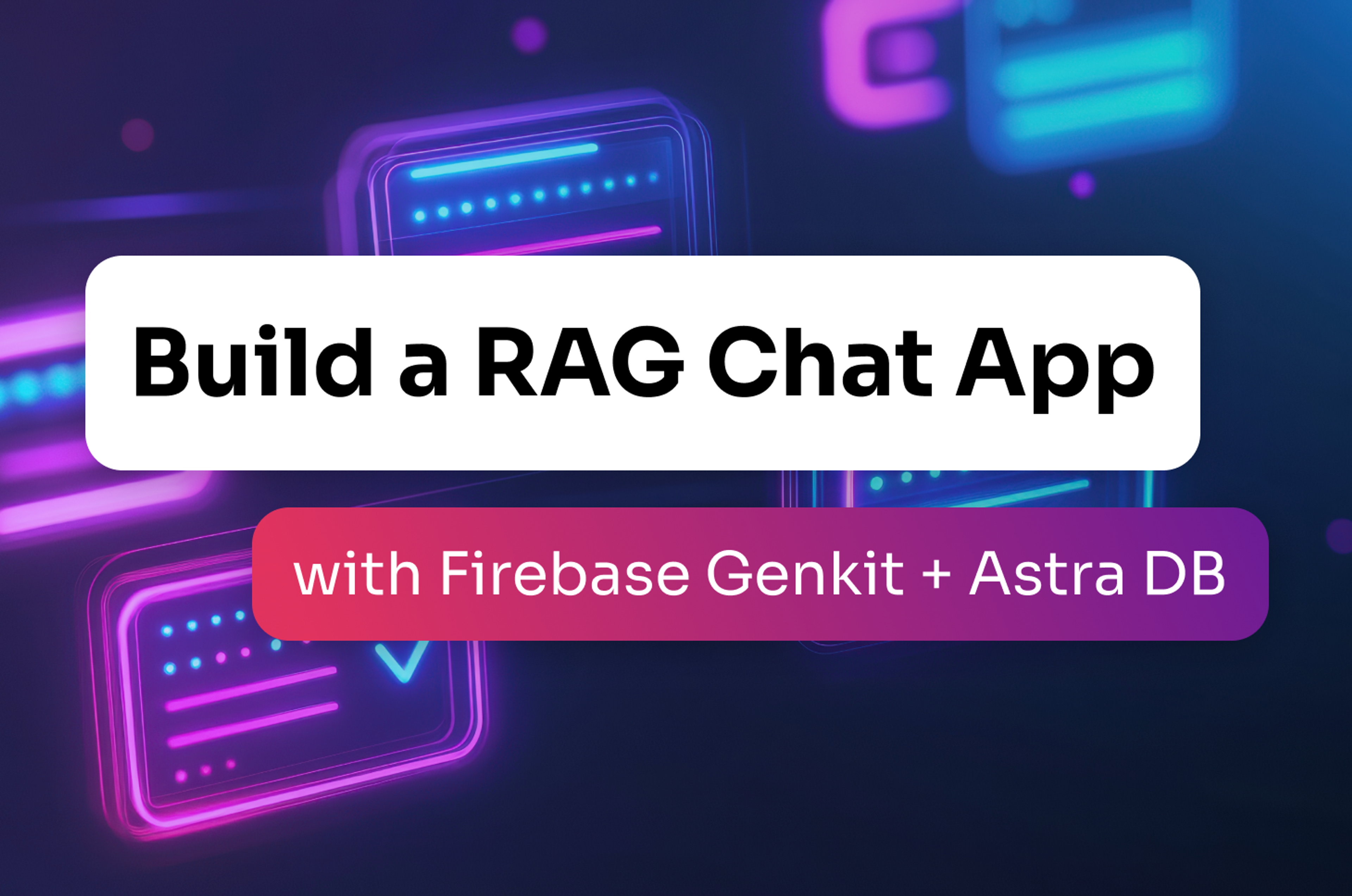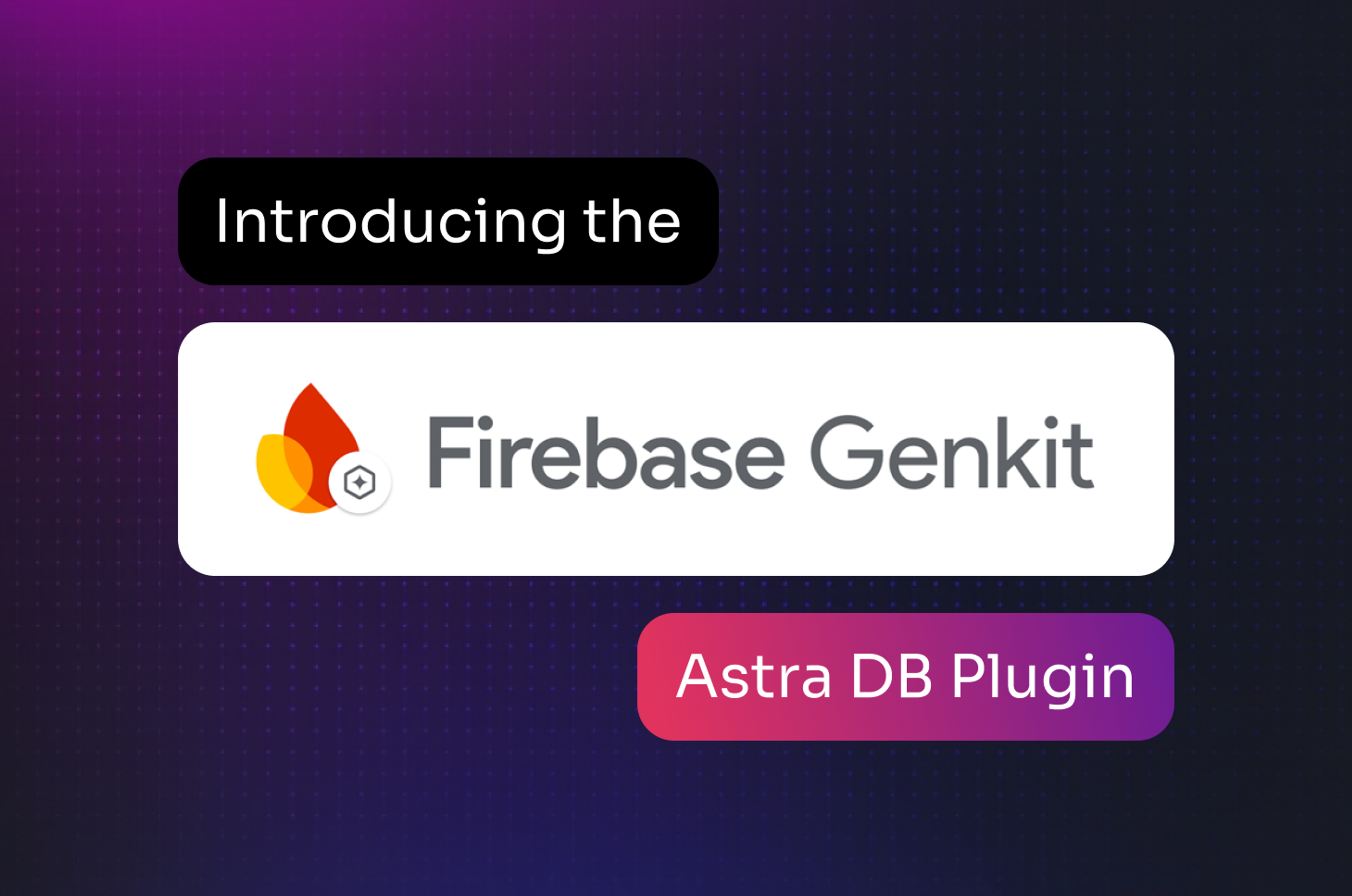As a solutions architect, I’ve spoken to numerous Fortune 500 executives starting to innovate or improve their infrastructure, security, or data management. The truth is that no single solution fits all pain points, so it's crucial to define the priorities for the organization and be aware of the trade-offs.
This post is for organizations that intend to reduce ramp time for developers and gain faster time-to-value while building real-time applications. One way you can achieve this is to use open-source software such as Apache Cassandra®, a NoSQL distributed database trusted by thousands of companies for its scalability, high availability, and reliability—and it doesn’t compromise performance.
The problem, however, is that it can be challenging to manage Cassandra infrastructure and operations at scale, which is why choosing a database-as-a-service (DBaaS) option can help eliminate the operational burden and provide scalability on demand.
Here, we’ll compare and contrast Azure Cosmos DB from Microsoft and DataStax Astra DB.
Both offerings claim to eliminate the operational burden and offer scalability on demand. Azure Cosmos DB is known as "a fully managed, globally distributed NoSQL database service." The benefits of using Azure Cosmos DB for Cassandra are highlighted in the Microsoft documentation. On the other hand, Astra DB is a serverless, fully-managed, cloud-native and cloud-agnostic (with the ability to run in AWS, Azure or GCP) DBaaS built on Cassandra.
Here are the points we’ll consider in choosing solution:
- Overview of Astra DB and Cosmos DB key differences
- Support for open source Cassandra
- The API layer for developer velocity
- Compatibility
Differences between Astra DB and Cosmos DB
Astra DB and Cosmos DB are both popular database services, but there are some key differences between them:
- Data models — Astra DB supports Apache Cassandra, Column-Family, Document, Key-value, and Graph data models, while Cosmos DB supports SQL, MongoDB, Cassandra, and Gremlin data models.
- Scalability — Both Astra DB and Cosmos DB provide automatic scaling based on usage. However, Astra DB is built on top of Cassandra. This gives Astra DB stronger performance and scalability capabilities.
- Global distribution — Astra DB enables users to choose between different replication strategies, including multi-region replication, which can provide more control over how data is distributed across the globe. Cosmos DB, on the other hand, primarily relies on a single-primary replication model, which may be less flexible for some use cases.
- Pricing — Astra DB offers a usage-based pricing model with a free tier, while Cosmos DB has a more complex pricing model based on usage, throughput, and storage.
- Vendor lock-in — Astra DB is built on open-source technologies and can be used on any cloud provider or on-premises, while Cosmos DB is a proprietary service provided by Microsoft Azure, which means you must use Azure as your cloud provider.
Support for open source Cassandra
Astra DB is available as a fully managed, multi-cloud, and serverless DBaaS built on Cassandra. In 2020, DataStax acquired premier Cassandra consulting and services companies known as The Last Pickle. If you like listening to music on Spotify, or love to connect your family and friends through T-Mobile or AT&T, those services are powered by Cassandra.
As of today, DataStax is a driving force behind Cassandra's open source community. DataStax contributes the majority of all the commits to the project, making 70% of the commits to Cassandra 4.0. According to Patrick McFadin, our VP of Developer Relations, “DataStax has been developing more than an operator for Cassandra — there's also a Kubernetes sidecar and management API. DataStax is using this to develop its own cloud, and now it's available for all to use.”
The major release of Cassandra (4.0) is the most stable database release in history. Cassandra 4.1 is delivering on further innovation today, and the Cassandra 5.0 discussion is well underway. Full ACID transactions, relational-style secondary indexes, and other landmark features are in development.
If you are using Cassandra OSS today and facing some challenges such as: scaling clusters, version upgrades, patching, maintenance, or health checks, DataStax can provide support to your organization. Speaking of Cosmos DB, you only can be provided services when you are leveraging their proprietary platform offering.
Developer velocity
Astra DB helps users build apps faster by enabling them to work with their favorite APIs. Every database you create automatically includes GraphQL, REST, Document (schema-less JSON), and gRPC APIs so you can quickly manage the data within your application. Astra DB delivers this by default in AWS, GCP, and Azure at no additional cost (To learn more about this, check out this article on Stargate). With Astra DB, you can build applications faster with data APIs as well as seamlessly manage and maintain your clusters with DevOps APIs.
As of today, Azure Cosmos DB for Cassandra does not directly support gRPC, GraphQL. Both Cosmos DB and Astra DB support REST and schemaless JSON Document APIs, but the combination of Astra DB’s Document API with Cassandra’s superior stability and option to scale provides a better service when you need to scale up your applications and require confidence in its stability.
While Cosmos DB is advantageous by bringing the flexibility of APIs to work with (NoSQL, MongoDB, Cassandra, Gremlin, Table, and PostgreSQL), it’s based on proprietary technology, while the open-source Kubernetes Operator powers Astra DB for Cassandra.
Compatibility
Astra DB has transformed Cassandra's monolithic architecture into a microservices architecture that enables cloud-native, multi-cloud design and fine-grained scalability. Astra DB enables the following architectural solutions:
- Converting Cassandra’s subsystems into Astra DB’s services.
- Running Astra DB on top of Kubernetes.
- Using S3-compatible object storage services in AWS, GCP, and Azure for data storage.
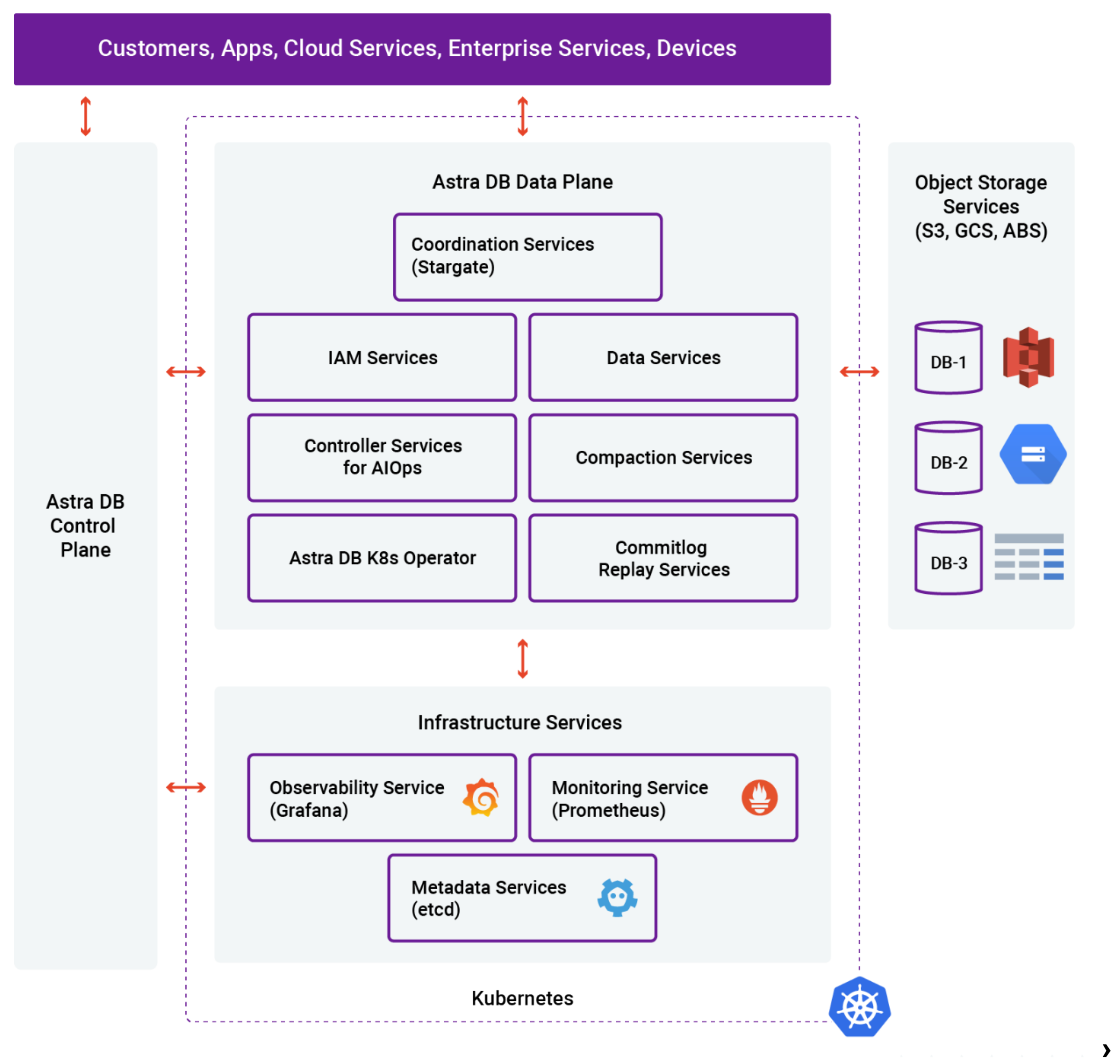
Astra DB microservices architecture
Azure Cosmos DB has the ability to support a set of wire protocols and APIs rather than using the same underlying Cassandra OSS code, which leads to partial Cassandra OSS features compatibility. The partial Cassandra refers to the fact that the CSP implementation might not provide features from the latest version of Cassandra—specifically Cassandra 4.0. For instance, considering logged batches. It is used to ensure that all the statements will eventually succeed. As of today, logged batches are not supported in Azure Cosmos DB, while it works in Astra DB.
Moreover, Astra DB is already compatible with Cassandra 3.X and already has many of the features from Cassandra 4.X and plans are already underway to be compatible with Cassandra 5.0, which is expected to be released later this year.
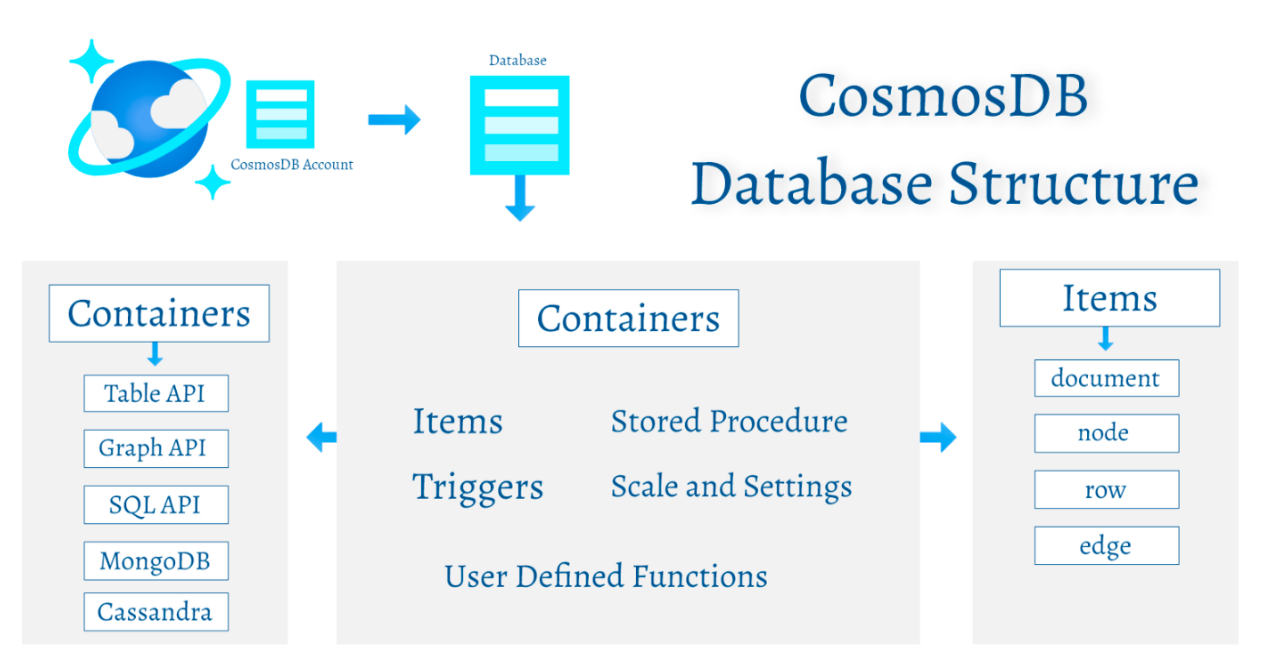
Cosmos DB database structure
Wrap up
Overall, both Astra DB and Cosmos DB are powerful and flexible database services, but the choice between them depends on your specific needs and preferences. Astra DB is a better choice if you prefer open-source technologies and want more control over your database deployment, while Cosmos DB may be a better choice if you are already using Microsoft Azure and want a fully managed database service with more granular scaling options.
Get started today on your journey to speed, scale, simplicity, and savings. Try Astra DB.


